A curated site of TUIs
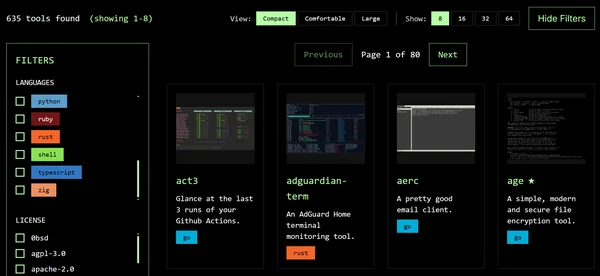
A curated site of TUIs

While attempting to enable GPU hardware acceleration in LXC containers using Incus, I encountered a significant roadblock: Debian 12's kernel 6.1 lacks support for the Intel N150 GPU, making hardware acceleration impossible.
This led me to explore bleeding-edge distributions like ArchLinux. I tested vanilla ArchLinux 2025.07.01 with kernel 6.15.4, and the GPU support worked flawlessly out of the box.

BambuLab A1
State of the art printer
Warning: the 'Lexar SODIMM RAM DDR4 16GB, 3200 MHz' model is not compatible with the GMKtec G3+ N150. The Crucial CT16G4SFRA32A, however, works perfectly
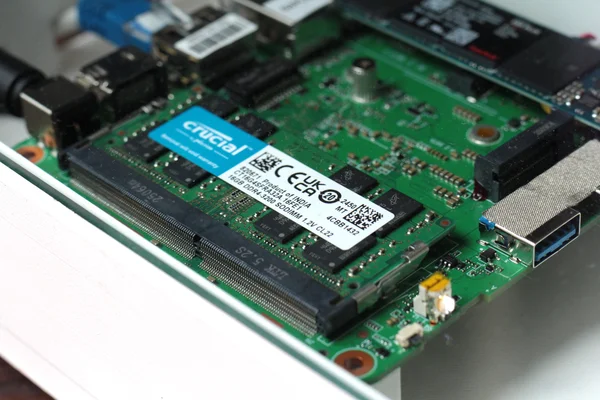
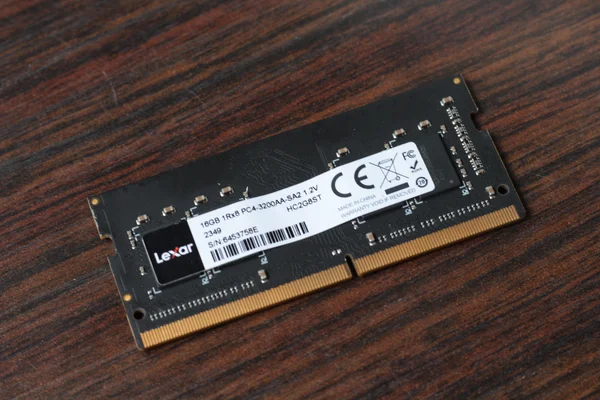
Kris Nóva streams

STEM models
Science, technology, engineering, and mathematics
- Grok4
- o3-pro
- DeepSeekR1
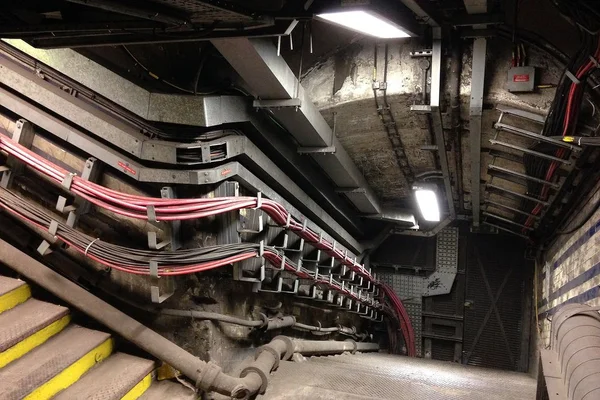
Attention, Debian version 12.11 comes with the 6.1.0-37 kernel, which does not support the GPU of the Intel N150. I’m considering switching to Arch Linux on this GMKtec G3+ mini PC in order to get a more recent kernel version and thus benefit from GPU support.
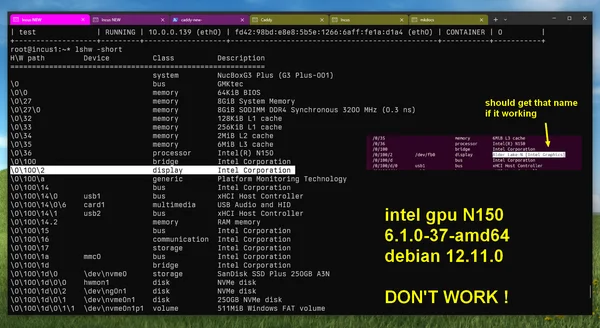
Using the raw Flux Kontext Dev open-weight model of 23GB with a LoRa on Lambda.ai cloud GPU.
I have the models stored on my own hard drive, and I upload them directly to the Lambda instance via Filebrowser through an SSH port forward on port 8080. I also expose the ComfyUI dashboard through the tunnel on port 8188.
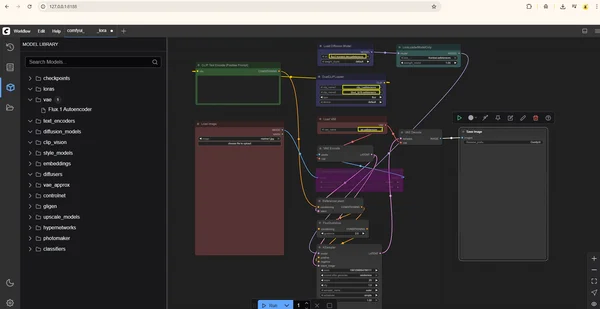
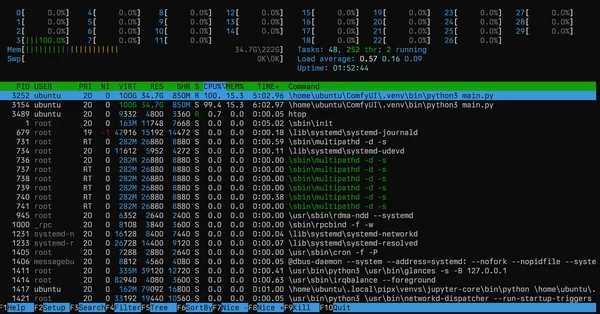
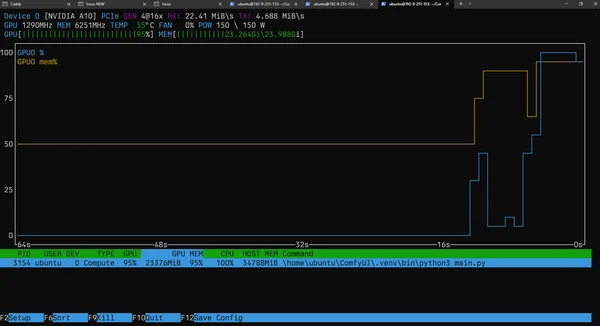


side project : sos buttons done

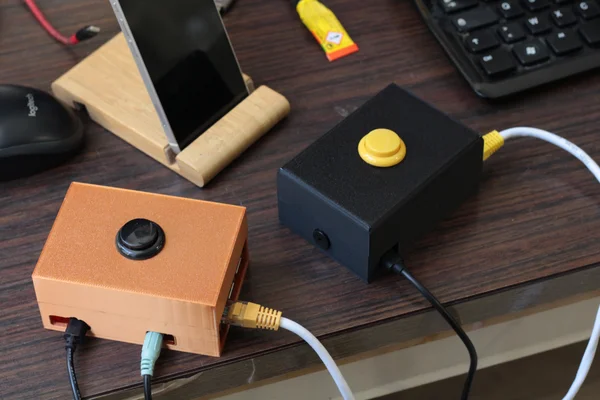
Archlinux + Hyprland

Art attack

june 2025 - dns-over-https open recursive : 236k hits
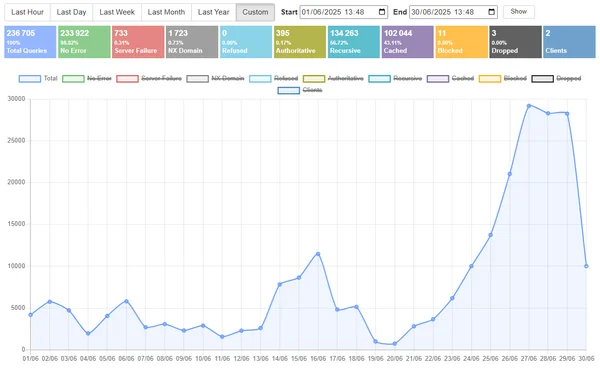
The side project for the SOS button for my mother is almost finished, at least on the software side. I ended up using Python with the excellent UV package. Now, I just need to design two nice cases in Fusion360 to house the two Raspberry Pi 3B+ units with their buttons and the piezoelectric buzzer for the other one.
UV is now my default Python package manager for all of my projects
- A single tool to replace pip, pip-tools, pipx, poetry, pyenv, twine, virtualenv, and more.
- 10-100x faster than pip.
- An extremely fast Python package and project manager, written in Rust.
Example : Install & usage
$ curl -LsSf https://astral.sh/uv/install.sh | sh
(add shell permanently)
$ echo 'source $HOME/.local/bin/env' >> ~/.bashrc
$ source ~/.bashrc
$ uv init --name myproject .
$ uv add pygame (example)
$ uv run game.py
Context
docs.astral.sh/uv/llms.txt
Will IDEs soon be a thing of the past?
gemini / claude code / codex /
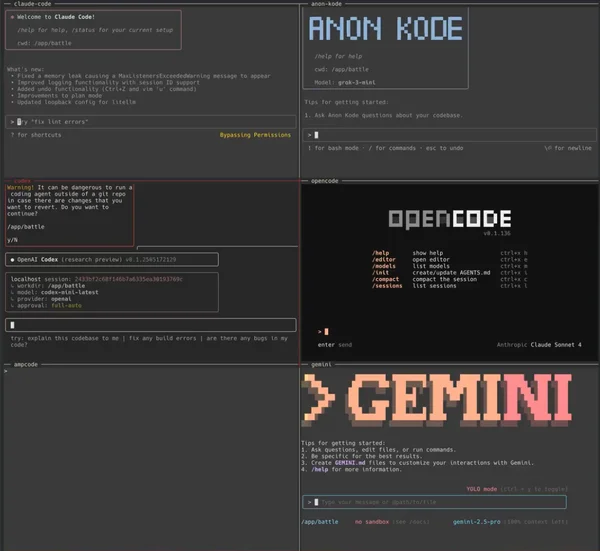
go to ryzen
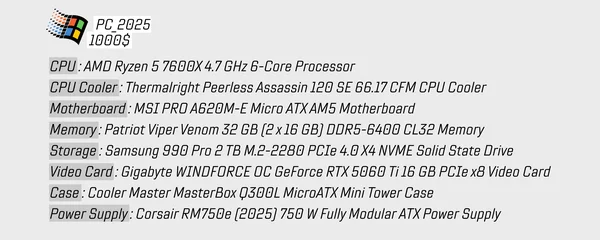
Creation of a 20-second video clip that retrieves weather information to be displayed on two 55-inch, 3000-nit dynamic kiosk screens located in the city center. Software used: Python with BeautifulSoup, FFmpeg (drawtext filter), Raspberry Pi 3B+, Affinity Designer, CapCut.
I tried using hardware acceleration, but I ran into several issues with the drawtext filter, which seems to rely solely on CPU processing. To render a 20-second video in 1080p at 60FPS, the Raspberry Pi takes about 2 minutes. I use cron jobs every hour to refresh the data.
🧃 🪫 Laptops with x86 architecture, hmm yeah...
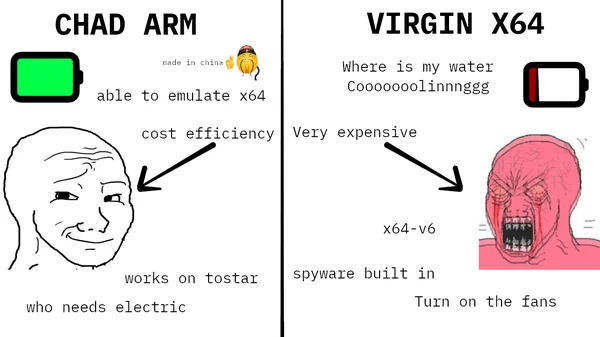
may 2025 - dns-over-https open recursive : 171k hits
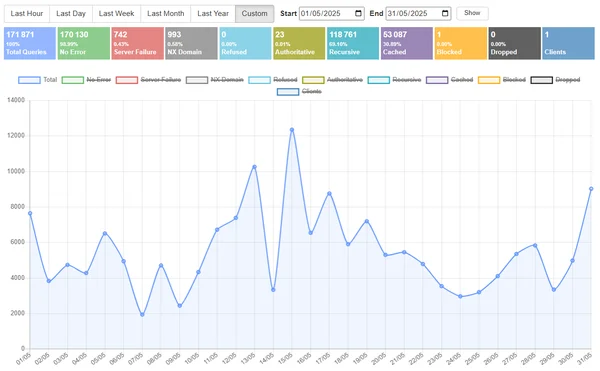
What is DNSSEC? Dive into DNSimple's fun, illustrated comic to learn all about it!

